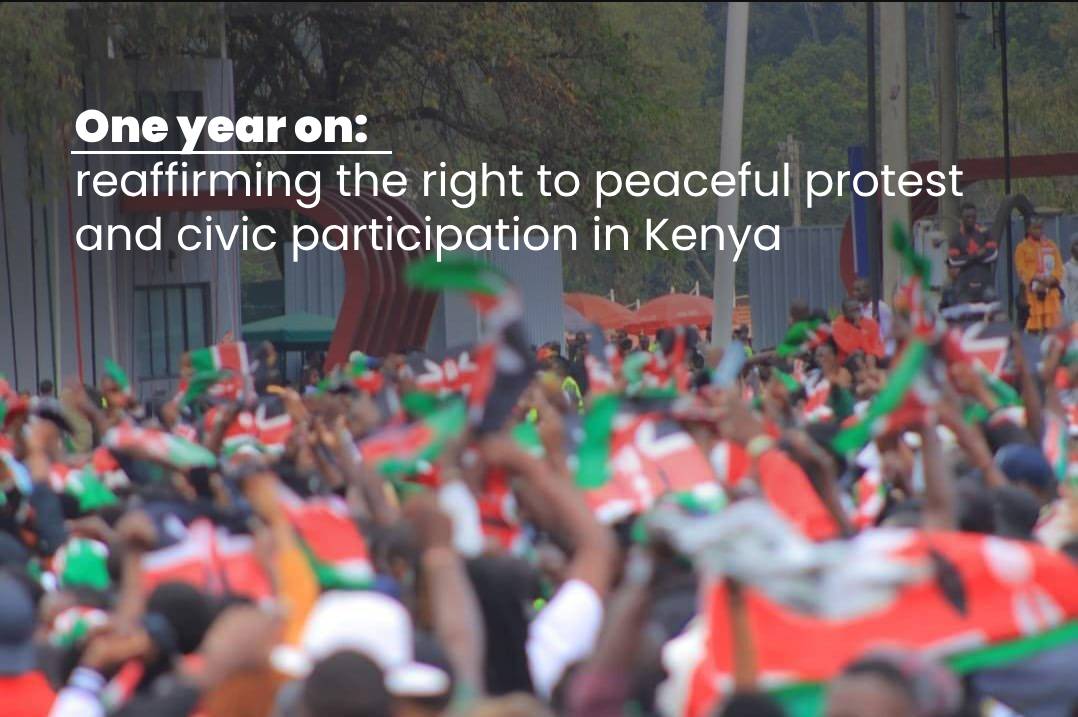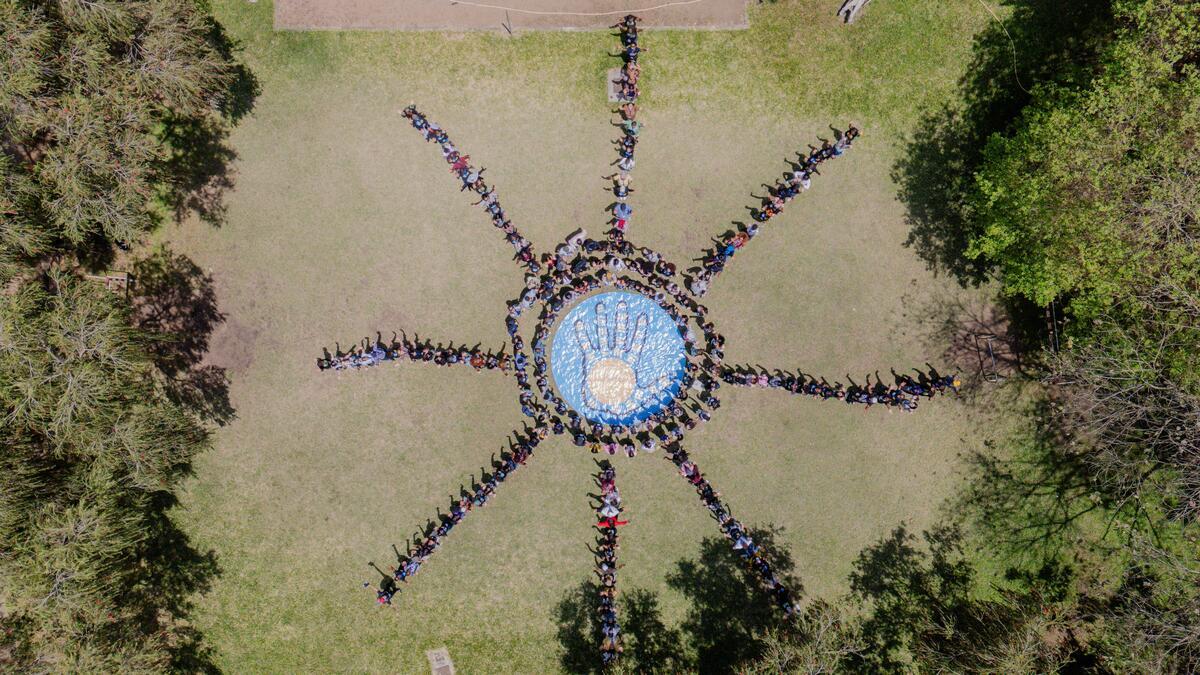The richness of species diversity and the health of ecosystems has been declining at a fast rate in recent decades. This biodiversity loss in South Africa is being driven by many causes, some of which are direct and dynamic while others are indirect.
All in all, climate change and biodiversity issues cannot be considered one without the other. This is because of the multiple interactions and interdependencies between them.
What is biodiversity?
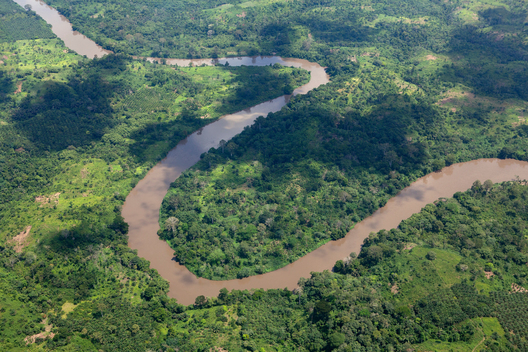
Biodiversity is short for the term, biological diversity, which means the variability among living organisms from all sources i.e terrestrial, marine, and other aquatic ecosystems, as well as the ecological complexes of which they are part.
This includes diversity within species (genetic diversity), between species (species diversity), and of ecosystems (ecosystem diversity.)
Biodiversity in less technical terms is the variation/diversification of life forms or of the living organisms on Earth. It goes to show that indeed there is an abundance of life on Earth.
South Africa’s Biodiversity
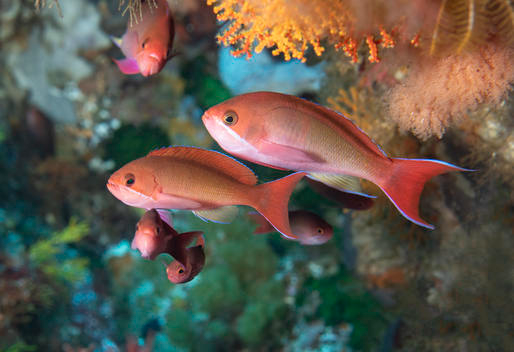
South Africa has a large diversity of ecological zones and habitats, including lowland and mountain forests, wooded and open grasslands, semi-arid scrubland, dry woodlands, inland aquatic, as well as coastal and marine ecosystems.
South Africa is a party to the Rio Convention on Biological Diversity and has declared several protected areas, including national parks and marine protected areas which are managed by the national government.
Continuing research and periodical reporting on the biodiversity of South Africa is the responsibility of the South African National Biodiversity Institute (SANBI) as directed by the Department of Environment, Forestry and Fisheries, and authorized by various statutory acts.
South Africa is a region of high biodiversity in the terrestrial and marine realms. The country is ranked sixth out of the world’s seventeen megadiverse countries and is rated among the top 10 for plant species diversity and third for marine endemism (the state of a species being native to a single defined geographic location.)
Almost two-thirds of South Africa’s plant species, about half of the species of reptiles, amphibians, butterflies, and freshwater fish, and about 40% of the estimated 10,000 marine animal species are endemic (the state of a species being native to a single defined geographic location.)
South Africa’s Biodiversity Hotspots
Biodiversity hotspots are the world’s most biodiverse and threatened terrestrial regions. For an area to qualify it needs to have a minimum of 1500 species of endemic vascular plants and to have lost a minimum of 70% of its primary vegetation.
There are 37 biodiversity hotspots worldwide, of which 8 are found on the African continent and 3 in South Africa namely:
1. The Cape Floristic Region (CFR)
This is perhaps South Africa’s most famous biodiversity hotspot. It is also recognized as a UNESCO World Heritage Site, owing to its extraordinary vascular plant diversity at all taxonomic levels.The Core Cape Subregion has around 9383 known species of vascular plants. A total of 68% of these species are endemic to the area, therefore meaning that they are found nowhere else on Earth.
2. The Succulent Karoo Biodiversity Hotspot
This is one of two arid biodiversity hotspots located in a predominantly winter rainfall semidesert.
Extending northwards into Namibia along the West Coast of South Africa, the Succulent Karoo encompasses the regions of Namaqualand and the Little Karoo.
The Succulent Karoo is known for being home to the world’s highest diversity of succulent plant species. A total of 40% of the Succulent Karoo’s 6356 plant species are endemic to the region and found nowhere else on earth. The area is also known for its high reptile and invertebrate diversity.
3. The Maputaland-Pondoland-Albany Biodiversity Hotspot
It is found on the east coast of South Africa below the Great Escarpment. It extends northwards from the Eastern Cape, also including the country of Mozambique. There is also considerable climatic variation in the region.
The area is home to almost 8100 plant species from 243 families in an area approximately the same size as New Zealand, of which nearly a quarter (more than 1900 species) are endemic to the area. There are 39 different genera that are endemic to the area.
There are several plant families in this hotspot that are listed as Near Threatened on the Red List of South African Plants due to firewood harvesting, alien plant invasion, inappropriate fire regimes, habitat degradation, flower picking, and forestry.
The Vital Role That Biodiversity Plays
Human beings depend on biodiversity for their survival. Many of the situations where we depend on biodiversity remain obscure, are not visible, and hence have not been considered to have value in economic terms.
This condition may lead us to undermine the importance of biodiversity for human existence as well as for the whole life support system.
Functions of Biodiversity
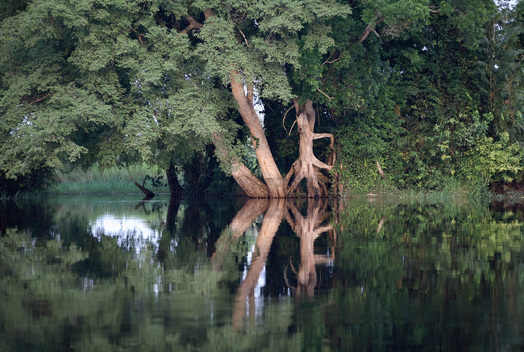
The functions of biodiversity may be divided into two main categories; namely, the material provision functions and non-material provision functions. Human beings are beneficiaries of both types of functions of biodiversity to various degrees and cannot afford to deal with any more loss of diversity in species.
a) Material Provision Functions
Biodiversity‘s material provision functions include its source as food, medicine, clothing, and fuel or energy (that is hydropower and biomass fuels.)
Regarding food, humans have cultivated food crops and domesticated animals since around 10,000 years ago.
Very few species have been cultivated or domesticated when compared to the
large diversity in the wild. Irrespective of this fact, ― biodiversity continued to play a central role, providing the original source of all crops and domesticated animals.
In addition to their functions as food directly, both domesticated/cultivated and wild biodiversity are very important in agricultural research works for improved food production.
Non-Material Functions
In addition to provisions of goods, such as food and medicine, biodiversity has also other indirect or nonmaterial uses such as its ecological functions which are versatile and result from very complex processes.
The ecosystem functions of biodiversity have invaluable contributions to the human economy and the normal functioning of all Earth systems.
They include ―regulation of climate and biogeochemical cycles, hydrological functions, soil protection, crop pollination, pest control, and cultural services (cultural, intellectual, and spiritual inspiration, recreational experiences like ecotourism and scientific discovery as well as several miscellaneous services.
As these benefits of biodiversity cannot be valued in monetary terms, they may be overlooked by policy and lawmakers. However, the ecosystem functions of biodiversity are essential not only for the normal functioning of the Earth systems but also for all human activities, economic or otherwise.
What Biodiversity Loss Looks Like Exactly
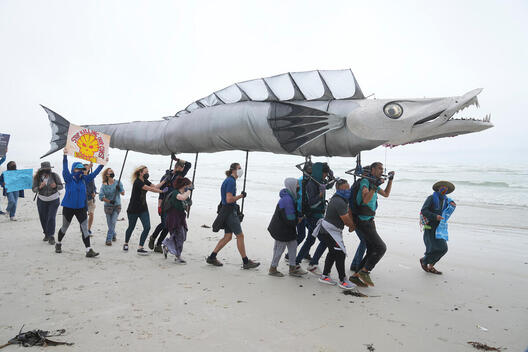
Loss of biological diversity can be understood as the erosion or deterioration of any of its components over a long time.
The loss of diversity in species in the country can be expressed as – land, water, forests, and trees as well as other forms of biodiversity, which meet the basic needs for food, water, clothing, and shelter deteriorating to a low level of productivity.
Biodiversity loss is also seen as the extinction of species worldwide, and also the local reduction or loss of species in a given habitat. Local losses can be temporary or permanent, depending on whether the environmental degradation that leads to the loss is reversible through ecological restoration or ecological resilience, or effectively permanent.
Causes Of Biodiversity Loss
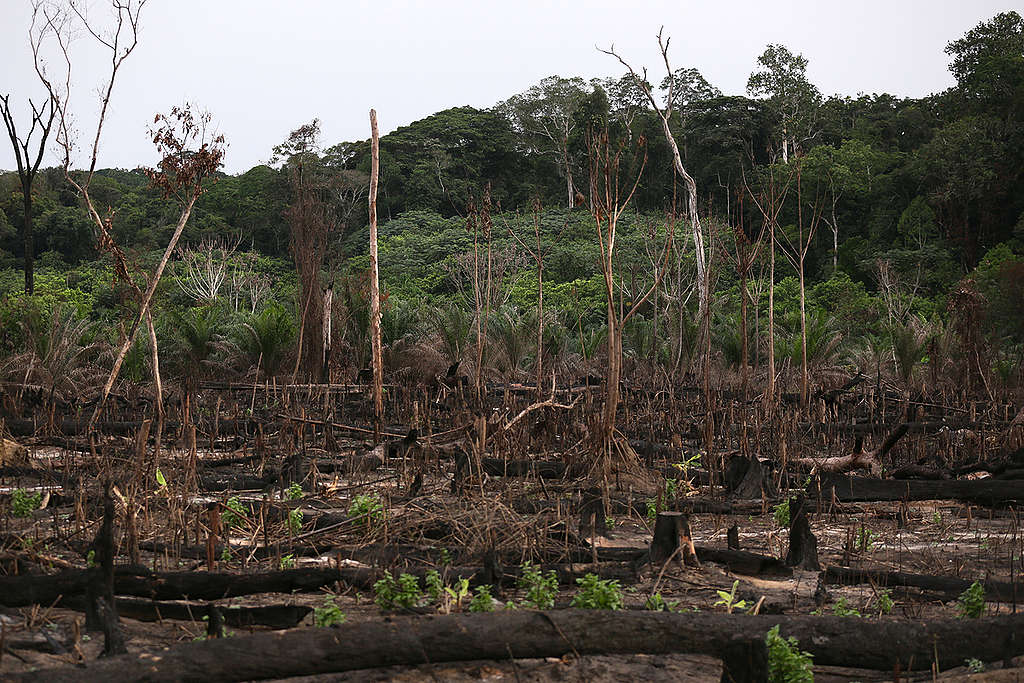
1. Habitat change by way of habitat fragmentation or habitat destruction
Habitat destruction renders entire habitats functionally unable to support the species present; biodiversity is reduced in this process when existing organisms in the habitat are displaced or destroyed.
Habitat loss is the leading cause of loss of biodiversity in the world and this seems true in South Africa also.
Habitat fragmentation is a consequence of habitat loss. Habitat fragmentation is defined as when ―a large expanse of habitat is transformed into a number of smaller patches of smaller total area, isolated from each other by a matrix of habitats unlike the original.
Habitat loss and fragmentation have been termed the greatest worldwide threats to wildlife and the primary causes of species extinction.
The creation of patches of smaller areas has many negative impacts on the survival of many of the organisms which were comfortably living before the fragmentation.
Human destruction of habitats has accelerated greatly in the latter half of the twentieth century. Natural habitats are often destroyed through human activity to harvest natural resources for industry production and urbanization.
Clearing habitats for agriculture, for example, is the principal cause of habitat destruction. Other important causes of habitat destruction include mining and logging.
2. The overexploitation of natural areas and natural resources
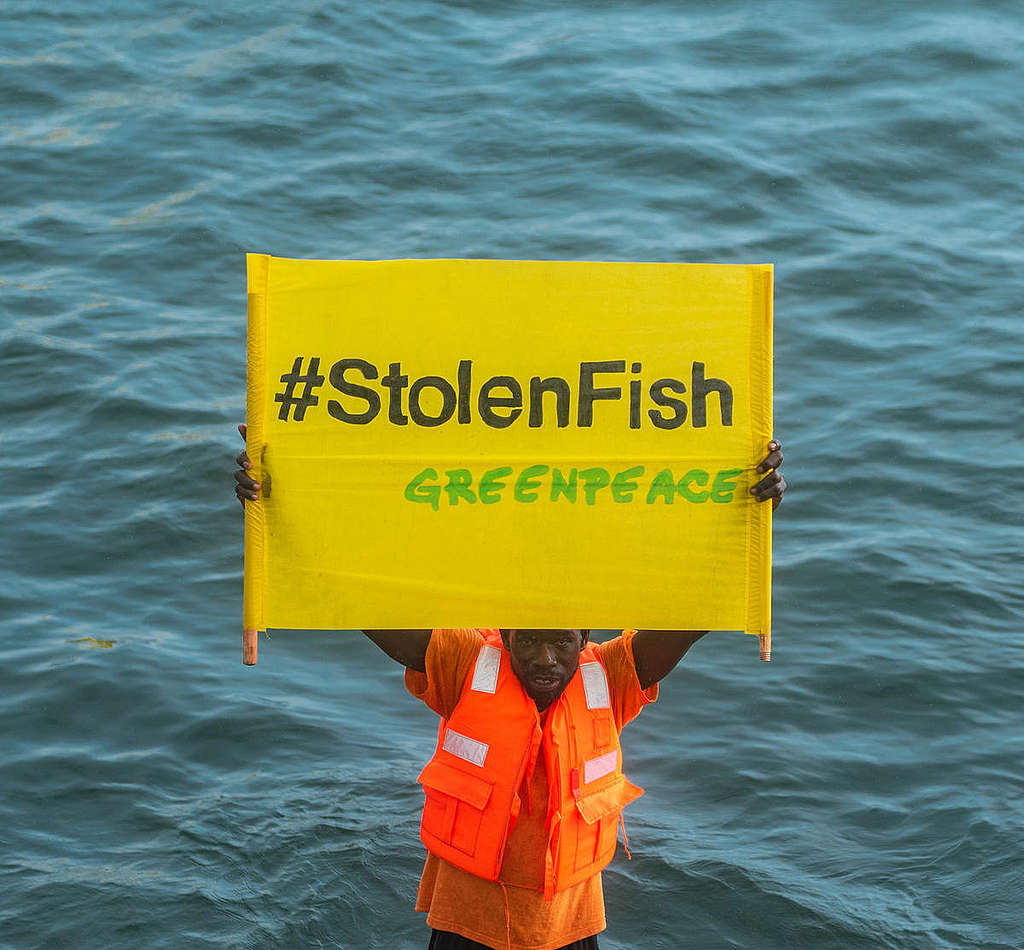
The unsustainable use of natural resources and overharvesting, which occur when harvesting exceeds the reproduction of wild plant and animal species. This is and continues to be a major threat to biodiversity. Examples include:
a. Overfishing
This is still widespread across the ocean waters of Africa. Fish stocks are fished down beyond maximum sustainable yields (meaning that less fishing pressure now would allow stocks to recover.)
In West Africa, fish is a primary protein source and a form of income, supporting the livelihoods of millions of people. Due to overfishing, fish stocks are dropping, and as a result, the West African population risks food insecurity and increased poverty.
It is imperative for us to crack down on illegal fishing through government policy; ensuring a healthy ocean is critical to ensuring better, longer lives for the people of Africa.
b. Intensive Agriculture
Usually is centered on crop monoculture with minimization of associated species. These systems offer high yields of single products but depend on high rates of use of fertilizers and pesticides.
The maintenance of high productivity over time is unlikely to be sustainable in the face of disturbance, disease, soil erosion, and overuse of natural capital (for example water.)
3. Deforestation
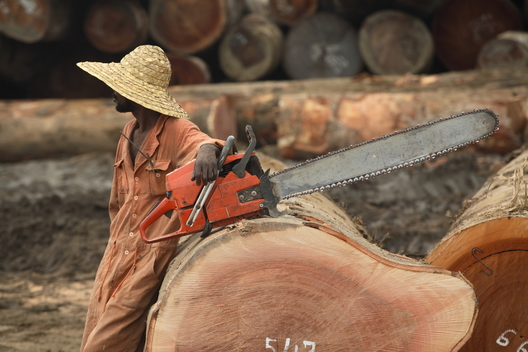
Deforestation has been given much attention in land use and landscape changes because of the high rate of forest change and the ecological importance of forest ecosystems.
Deforestation causes several consequent effects on the biological and physical environment, such as habitat loss, habitat fragmentation, species extinction, deterioration of soil properties, drought, flooding, etc.
Habitat fragmentation is the process of dissecting large and contiguous areas of similar native vegetation types into smaller units separated by different vegetation types and/ or by areas of intensive human activity.
Increased fragmentation often results in decreased species richness, increased habitat edges, favoring species adapted to edge habitats at the expense of species living in core areas, diminished species distribution, and gene flow. For example, forest birds have lower reproductive rates in small patches of land than in large patches of it.
One such forest in danger of loss due to increased desforestation is The Congo Basin Forest, which spreads across many countries in Central Africa. The biggest driver of deforestation in the Congo rainforest has been industrial logging. The rainforest which is the world’s second-largest rainforest is crucial for regulating the world’s climate.
This forest should matter to us all as it is Africa’s biggest carbon sink, offsetting the effects of climate change. Also, it is a major storehouse of biodiversity, providing food, fresh water, shelter, and medicine for millions of people and a home to endangered wildlife species.
4. Climate Change
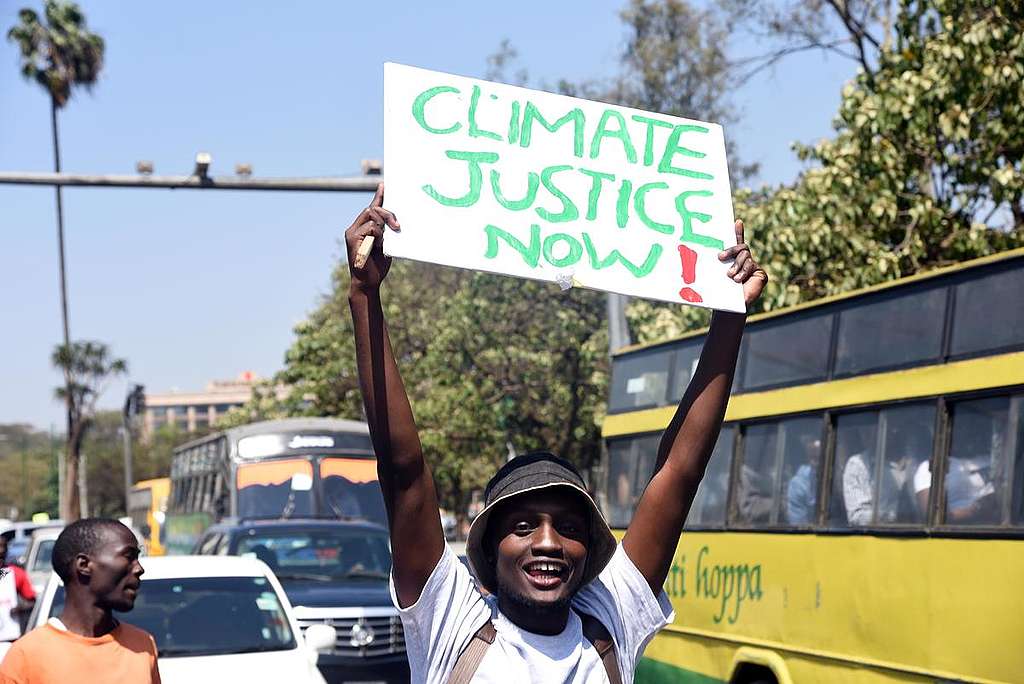
Recent climate change is largely human-induced by the increased concentrations of greenhouse gases (GHGs).
When fossil fuels are burned, they release large amounts of carbon dioxide, a greenhouse gas, into the air. Emissions from fossil fuels are the dominant cause of global warming.
Coal is a fossil fuel and is the dirtiest of them all. Fossil fuel companies remain huge polluters, producing and selling fossil fuel products while we need a mass switch to renewable energy and efficiency. That is why we launched the resistance to climate change campaign calling for a ban on fossil fuels and a switch to renewable energy.
Changes in climate have the potential to affect the geographic location of ecological systems, the mix of species that they contain, and their ability to provide a wide range of benefits on which societies rely on for their continued existence.
Ecological systems are intrinsically dynamic and are constantly influenced by climate variability. Examples include:
- The extinction of wildlife populations may be hastened by increasing temporal variability in precipitation.
- Changes in phenology, hatching, and immigration of insects, birds, and mammals have been observed and are expected to continue.
- Climate change will have the most pronounced effects on wetlands through altering the hydrological regime as most wetland species are water-dependent. This is expected to affect biodiversity and the phenology of wetland species.
- Global warming will raise ocean levels due to glacial melt and the greater volume of warmer water. Shorelines will be inundated, whole islands will be submerged.
- Secondary effects of climate change involve changes in soil characteristics and disturbance regimes (e.g., fires, pests and diseases), which would favor some species over others and thus change the species composition of ecosystems.
Solutions That Would Have Enormous Benefits On Biodiversity Preservation
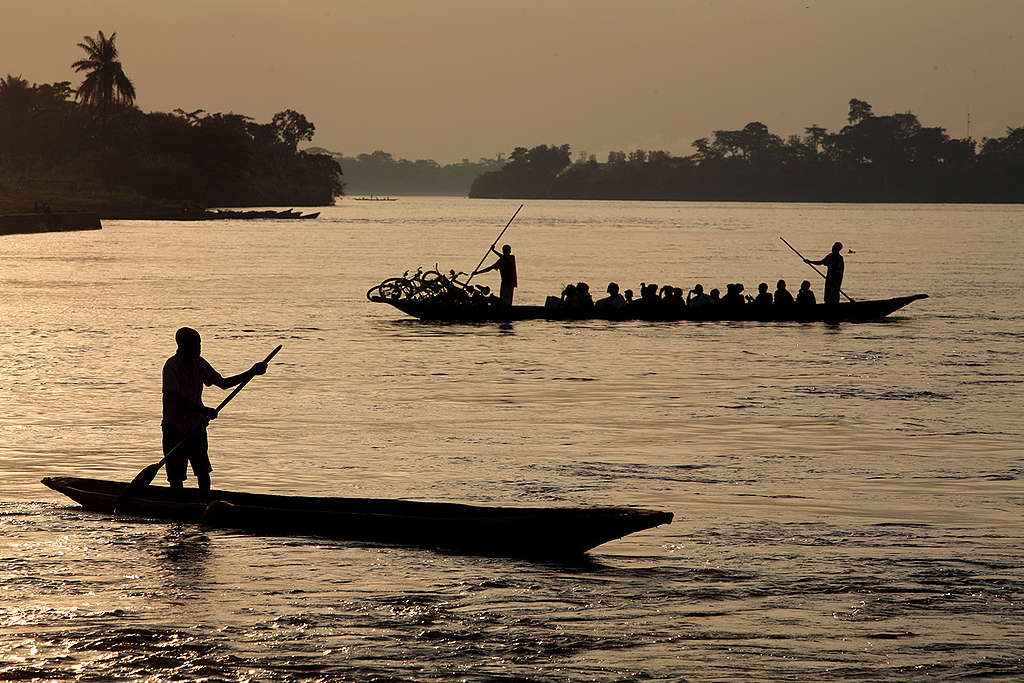
Biodiversity loss results in degrading environments, new and more rampant illnesses, deepening poverty and a continued pattern of inequitable and untenable growth.
Solutions For Our Biodiversity Crisis
1. Conservation through the termination of deforestation
The tropical rainforests of the world and of Africa are very important for global ecosystems.
Populations of plant and animal species are the building blocks of forests as well as other ecosystems. Each species occupies a specific ecological niche, and certain (keystone) species may be of particular importance for maintaining ecosystem functions.
Biodiversity tends to be high in relatively stable environments over long evolutionary periods, respectively where the impacts of disturbances have been intermediate and variable but not catastrophic over large scales.
However, the idea that to protect forests and biodiversity, ecosystems need to function in isolation, devoid of people, is not a model that Greenpeace Africa believes in. Fortress conservation, a conservation model favoured by governments ignores that forests thrive when indigenous peoples remain on their customary lands and have legally recognised rights to manage and protect them.
Furthermore, this conservation model is riddled with neocolonial markers. From forcing people from their land in the name of conservation to human rights abuses to the stripping of indeginous people’s source of wealth, their land.
Forests perform countless essential functions that are of immense value and as such the effects of deforestation on the earth’s biodiversity are dramatic.
Temperature increases and changes in rainfall patterns caused by deforestation in terrestrial ecosystems are expected to occur increasingly at rates that outpace the capacities of many species populations (especially slow-breeding vertebrates) to adapt through processes of natural selection and evolution.
2. Termination of industrial age fossil fuel emissions
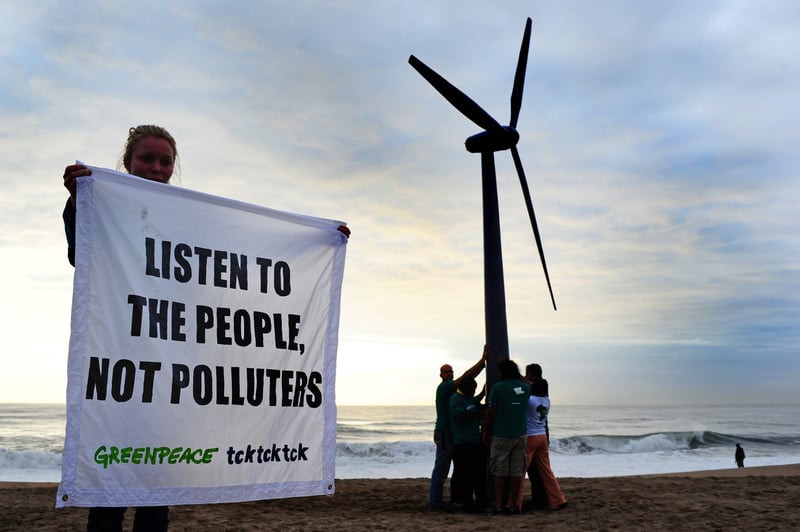
Currently, South Africa’s economy is predominantly powered by fossil fuels—coal, oil, and natural gas—yet also ultimately depends on goods and services provided by biodiversity. Fossil fuel extraction impacts biodiversity indirectly through climate change and directly through habitat loss and pollution.
Promoting biodiversity preservation through environmentally friendly energy transformation measures is paramount.
The use of fossil fuel is the predominant cause of climate change and climate change is a direct driver that has contributed to widespread impacts in many aspects of biodiversity.
Policies need to be enacted to:
(i) Eliminate all fossil fuel subsidies.
(ii) Eliminate the use of coal for energy and reduce other fossil fuel consumption.
(iii) Design and adopt extensive but environmentally friendly renewable energy measures and energy efficiency programs.
Care, abundance and biodiversity,
At present, the Earth and all its systems need the conscious support of humans more than at any time in the history of humankind.
The Earth and all of its systems function in a holistic and coordinated manner and the importance of this normal functioning is immense. However, human activities are highly interfering with this integration.
This loss of biodiversity is an issue of profound concern for its own sake and also because it underpins the functioning of ecosystems, which provide a wide range of services to human societies.
Biodiversity loss and the depletion of natural resources ultimately threaten everyone’s survival.
The challenge of preserving enough habitat for biodiversity to recover in the future
Your support helps us continue fighting for the Earth. Make a difference by donating to us today


